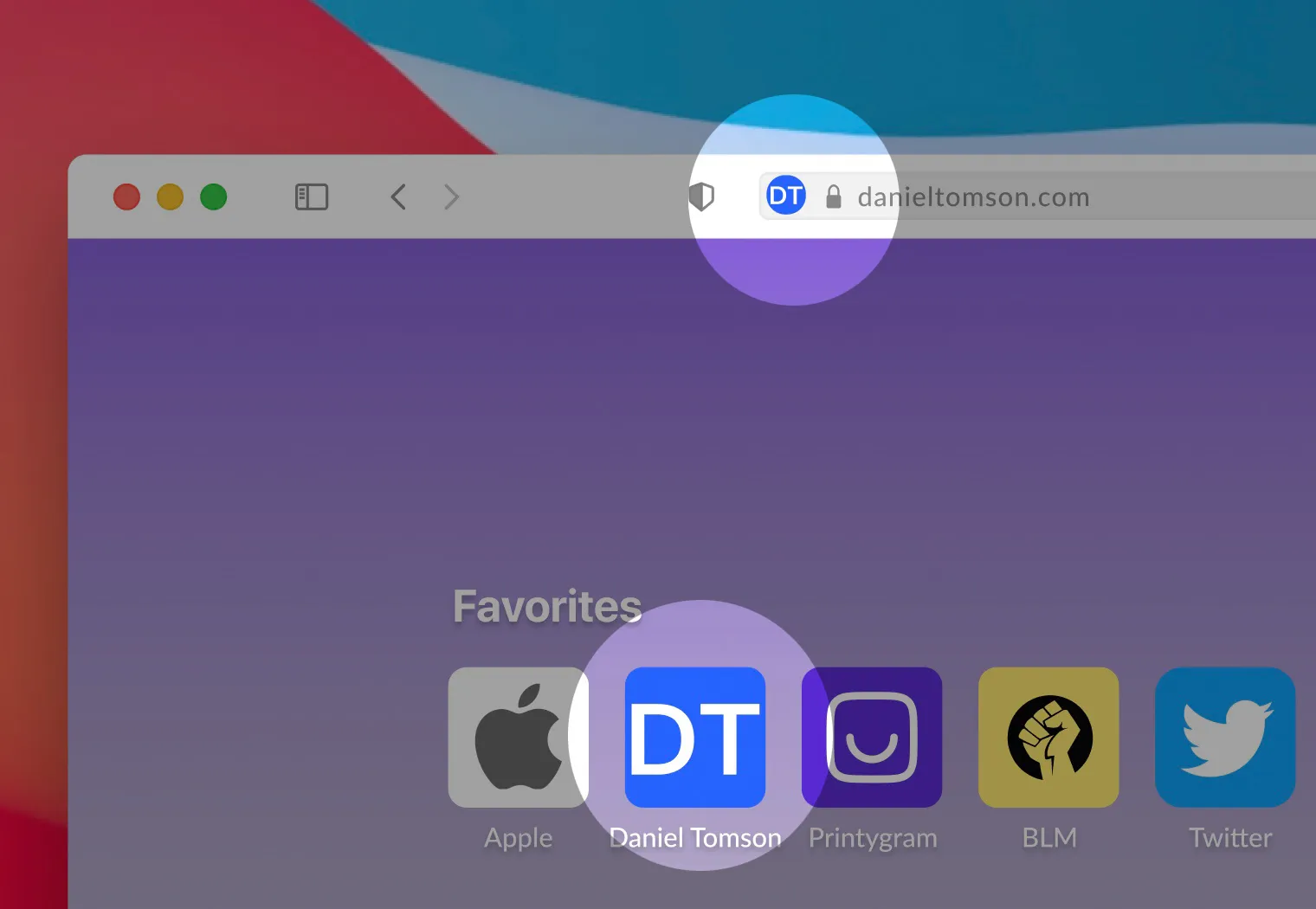Are you tired of your portfolio website blending in with the crowd? Do you want to make a lasting impression and stand out from the competition? Look no further, because in this article, we'll show you exactly how to design an eye-catching portfolio website that gets noticed.
With the ever-growing number of websites out there, it's essential to create a website that captivates visitors from the moment they land on your page. Whether you're a freelancer, an artist, or a creative professional, your portfolio website is your online showcase. It's your chance to showcase your skills, experiences, and unique style.
In this guide, we'll share expert tips and strategies to help you create a portfolio website that not only catches the eye but also converts visitors into clients or employers. From choosing the right color palette and typography to optimizing your website for search engines, we'll provide all the essential components you need for a standout portfolio.
Don't let your portfolio get lost in the sea of sameness. Learn how to design an eye-catching portfolio website that truly reflects your brand and attracts attention. Follow our guide to set yourself apart from the crowd and make a lasting impression with your online presence.
The importance of a standout portfolio website
In today's digital age, having a standout portfolio website is crucial for professionals in any creative field. Your portfolio website serves as a visual representation of your work, skills, and expertise. It's an opportunity to showcase your unique style and personality to potential clients or employers.
A well-designed portfolio website can act as a powerful marketing tool, attracting attention and leaving a lasting impression. It can help you stand out from your competition and increase your chances of landing new clients or job opportunities. With the right elements and strategies, your portfolio website can become a valuable asset in your career.
Elements of an eye-catching portfolio website
To design an eye-catching portfolio website, you need to carefully consider several key elements. These elements work together to create a visually appealing and engaging experience for your visitors. Let's explore the essential components that can make your portfolio website stand out.
Choosing the right color scheme and typography
The color scheme and typography of your portfolio website play a significant role in its overall visual impact. Colors evoke emotions and can help communicate your brand's personality. Choose a color palette that reflects your style and aligns with your target audience's preferences.
Consider using contrasting colors to make important elements, such as your logo or call-to-action buttons, stand out. Additionally, pay attention to typography. Select fonts that are easy to read and complement your overall design. Experiment with font sizes, weights, and styles to create visual hierarchy and guide your visitors' attention.
Effective use of visuals and multimedia
Visuals are a powerful tool for capturing attention and conveying your skills and creativity. Incorporate high-quality images, videos, and animations that showcase your best work. Use professional photographs or create custom graphics to enhance the visual appeal of your portfolio website.
Consider the layout and composition of your visuals to create a visually balanced and aesthetically pleasing design. Implement user-friendly image galleries or sliders to allow visitors to navigate through your work effortlessly. If applicable, showcase your projects through interactive multimedia elements to provide an immersive experience.
Organizing and categorizing your portfolio
Organizing and categorizing your portfolio effectively is essential for a seamless user experience. Divide your work into logical categories or sections to make it easy for visitors to navigate and find what they're looking for. Use clear and descriptive labels for each category, allowing visitors to quickly understand the type of work they can expect to see.
Consider implementing a search or filtering functionality to further enhance the usability of your portfolio website. This allows users to narrow down their search based on specific criteria, making it easier for them to find the projects they're interested in.
Showcasing your work with engaging case studies
While showcasing your work is important, providing context and telling the story behind each project can make your portfolio website more engaging. Create case studies or project pages that highlight the goals, challenges, and solutions of each project. Include images, videos, and testimonials to provide a comprehensive view of your work.
Describe your role and contributions to each project in a clear and concise manner. Use storytelling techniques to captivate your visitors and make them understand the value you bring. Showcasing the process and results of your work can give potential clients or employers a deeper insight into your expertise and problem-solving abilities.
Incorporating testimonials and client reviews
Testimonials and client reviews are powerful social proof that can boost your credibility and trustworthiness. Include testimonials from satisfied clients on your portfolio website to showcase your past successes and the positive impact you've made. These testimonials can provide reassurance to potential clients or employers that you can deliver high-quality work.
Consider including the client's name, company, and any relevant details that add credibility to the testimonial. If possible, include a photo or logo of the client to make the testimonial more personal and authentic. Place these testimonials strategically throughout your portfolio website to maximize their impact.
Optimizing your portfolio website for mobile devices
In today's mobile-first world, it's essential to ensure your portfolio website is fully optimized for mobile devices. A significant portion of internet users access websites through their smartphones or tablets. If your portfolio website doesn't provide a seamless mobile experience, you risk losing potential clients or employers.
Ensure your portfolio website is responsive, meaning it adapts to different screen sizes and resolutions. Optimize images and multimedia elements to load quickly on mobile devices. Test your website on various devices and browsers to ensure a consistent and user-friendly experience across different platforms.
Promoting your portfolio website through SEO and social media
Even the most visually stunning portfolio website won't be effective if it doesn't reach your target audience. To maximize the visibility of your portfolio, you need to promote it through various channels. Two essential strategies are search engine optimization (SEO) and social media marketing.
Optimize your portfolio website for search engines by using relevant keywords in your content, meta tags, and headings. Create high-quality, keyword-rich blog articles or case studies that link back to your portfolio. This can improve your website's ranking in search engine results and drive organic traffic.
Leverage social media platforms, such as Instagram, LinkedIn, or Behance, to showcase your work and attract a wider audience. Share your portfolio projects, engage with your followers, and collaborate with other professionals in your industry. Use social media advertising to target specific demographics and increase your portfolio's exposure.
Conclusion: Take your portfolio website to the next level
Designing an eye-catching portfolio website is crucial for standing out in today's competitive digital landscape. A good place to start is vsble.me By implementing the tips and strategies outlined in this article, you can create a portfolio website that not only catches the eye but also impresses potential clients or employers.
Remember to choose the right color scheme and typography, effectively use visuals and multimedia, organize and categorize your portfolio, showcase your work with engaging case studies, incorporate testimonials and client reviews, optimize your portfolio for mobile devices, and promote it through SEO and social media.
Don't settle for a generic portfolio website that blends in with the crowd. Take the opportunity to showcase your unique style, skills, and expertise. With a standout portfolio website, you can make a lasting impression and attract the attention you deserve. Stand out from the crowd and let your portfolio website be a true reflection of your brand and capabilities.





